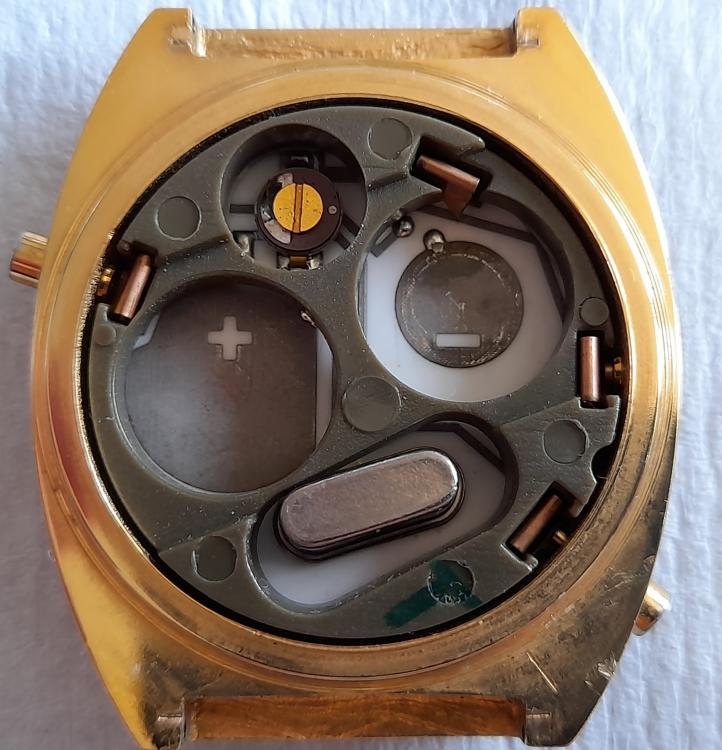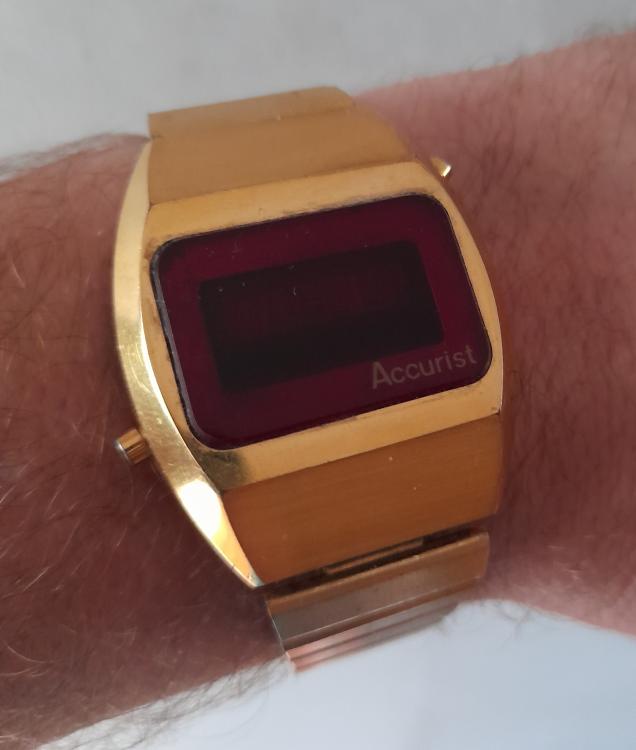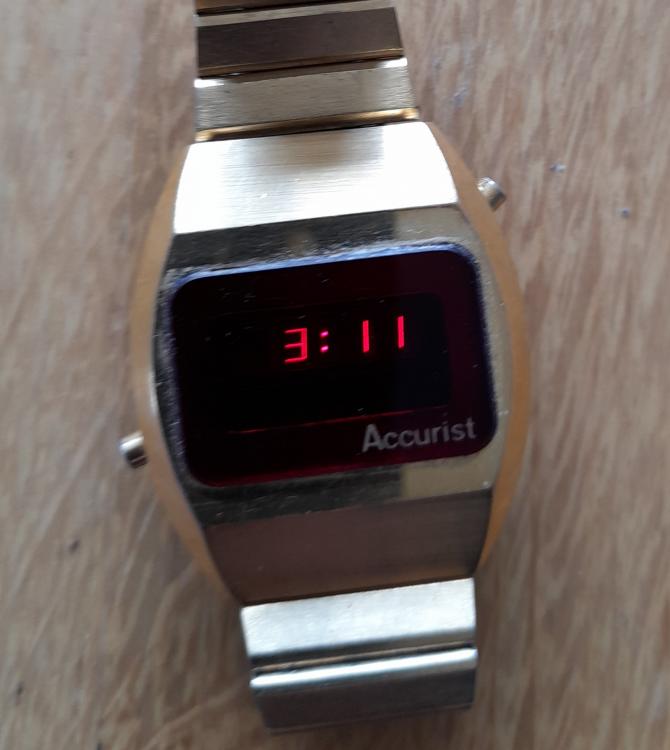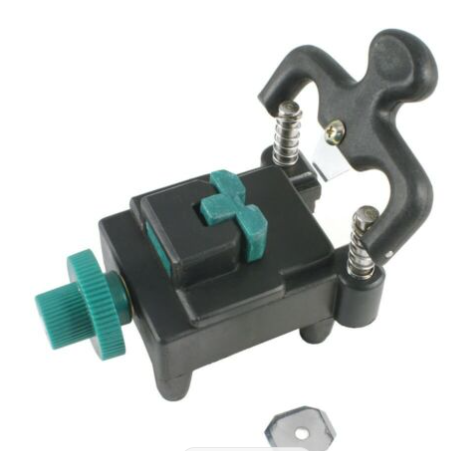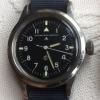Leaderboard
Popular Content
Showing content with the highest reputation on 09/16/22 in all areas
-
My understanding is that the mechanical oscillator in a watch will be disturbed by motion. Inertia, gravity, and changing the bearing surface of the balance staff due to the changes in position will all affect the rate, with varying results. That's why John was talking about stabilization time on a timegrapher, if you wave a watch around while monitoring the rate you can see the effects of the motion. Typically, higher rate watches are more stable, but there are a lot of other factors, too. Size of balance, etc. etc. It is not surprising to me that a sustained uniform motion would cause a sustained change in rate. Since the discussion had wandered into the topic of mainsprings, I can say that even if a mainspring with an automatic bridel is wound tight because its jammed and not slipping, "knocking" suggest that the spring is not the correct size. The slipping is to provide relief to other components, especially the auto wind components, so that they are not working against a fixed load. This will cause extra wear on and possible breakage of the components. If the bridle is slipping too early, the result will be less run time than there should be. The watch will never be "fully wound", and for instance, may not run through the night. Cheers! Marine chronometers were typically mounted in boxes with gimbals. This was to shield them from the effects of the ships motion at sea. This doesn't compensate for the up/down motions, but the effects are minimized because the balance staff stays riding on the small pivot end, and since the chronometer stays "dial up" , it is less affected by poise errors. Studying the solutions that were employed to create an accurate timepiece for navigation purposes will often illustrate the problems that the designers were trying to overcome. Cheers!2 points
-
I remember now. My mentor showed me a video of a tool that is used to open these type of Rado cases. The tool costs over $1000. The caseback is first removed and a model specific die is fitted to the back. Another die is fitted to the front, which presses on the "bezel" to get an airtight seal on the back. A screw down plunger holds down the crystal to prevent it from flying off when air pressure is applied throught the bottom die. The plunger is slowly backed off to allow the crystal pop out in a controlled manner. It's a real piece of engineering marvel. Way over engineered in my opinion. China came out with a tool to open these type of cases. It uses double sided tape to pull the crystal off. I'll look for the Aliexpress link. I found this while searching for the crystal removal tool. This is a Chinese copy of the tool by Rado. SG$ 230.56 40%OFF | Watch Crystal Remover Tool For DW Longines Dismantling Watch Sapphire Glass Inflatable Opening Crystal for Armani Watch https://a.aliexpress.com/_mPyUYDI Here is the other Chinese tool. I shared this on another thread recently. SG$ 37.08 | Watch Front Cover Glass Opener Flat Glass /Arch Glass Remover Screw Tool Watch Part Repair Tool Accessory for Watchmaker https://a.aliexpress.com/_mM3LBFe2 points
-
Indeed! I even removed the rotor on my low-beat Vostok 2431 to test it out. The same problem occurs, the rate increases significantly, and I've seen this on many of my watches, also the manual ones, most clearly on the low-beat watches. Anyway, jogging, running, playing tennis, table tennis, unloading the dishwasher, making the bed, etc. etc. is never any problem (unless the MS is slipping too late, but that's a completely different topic). However, take it for a walk (wide continuous pendulous motions over an extended period), and things go wild. I have a female colleague wearing a $4000 Cartier and she complained to me that it was most often, but not always, running 20 seconds fast per day. So, I put it on my TM and everything looked fine. When asking her if she was into brisk walks the answer was "mostly every day, but not always". I rest my case! That's true, but they aren't moving their watch arm in wide continuous pendulous motions over an extended period (unless they're parading). They carry stuff, move their equipment around to different positions, and perhaps carry their rifle using their watch hand (usually the left side). This is what it looks like when some Swedish soldiers are marching. Absolutely, and a well-regulated hi-beat movement without any issues I'm sure will do the job as long as the situation at hand doesn't require that they swing their watch arm in wide continuous pendulous motions over an extended period. To make things really confusing is that I have watches (even automatic watches) that don't behave like this... It is, as John put it, a mystery. That's good to hear as that is exactly what I think as well.1 point
-
According to Dr ranfft AS 1207, 1263, 1266, 1267, 1311 and 1314 wiould interchange with 1203.1 point
-
little hard in your picture but I can see the case back and I believe I see the words ceramic. That means extreme caution as ceramic can break. So for instance prying the case back off you might be tempted to pry off one of the case lugs and they have a habit of breaking off. unfortunately your watch does go out through the front. The factory blows the crystal off with air pressure but they use a special tool which is rather pricey.1 point
-
another source of a screw would be to find a partial movement to take the screw from. Then it helps to have the cross reference so I have the link to the cross reference page for that particular screw so you can see all the watches that are supposed to have the same. http://cgi.julesborel.com/cgi-bin/matcgi2?ref=Y`\JVFYH1 point
-
Welcome to the forum. We'll give whatever help we can. I think one bit of advice you're likely to hear is: you may wish to obtain non-running movements to practice upon first, before taking up a precious heirloom and getting in over your head too soon. Such movements can be had on Ebay, and similar sites. And watchmakers supply places have beginner tool sets for modest prices that can also help get you started. There is a lot to learn about watch repair and the learning never ends. And for many of us, the fascination never ends either. Good luck to you.1 point
-
The double sided tape crystal remover looks like a clever little gadget. A similar take on the glued on nut trick for tight screw down case backs I wonder what the effects of air pressure has on the components of the balance assembly. I think HectorLooi's cheap ali express tool is a safer option. Yep car manufacturers have been needlessly making mechanical components in such a way that they require specific tools for removal and service of those components for decades. Or at least since they decided they no longer wanted car owners to repair their own cars and would rather have main dealers happily overcharge us for that privilege.1 point
-
to be technical I thought were talking about two separate things here like what happens if breaking grease doesn't break https://youtu.be/7KNTrHVD088 but I thought you took the weight off so that wasn't the issue? Than the other issue is watches in motion. even on a timing machine the motion of the timing machine moving the watch upsets timing which is why we need a stabilization time. Or how about you buy yourself a nice quartz watch than the problem is solved no balance wheel no timing issues no main spring issues that would solve all the problems but not the mysteries then the Omega thing had to do with balance wheels changing design and mass and size of the balance wheel changes its characteristic and its influence of external things like somebody moving their arm. so if you are watch you have now has an older balance wheel lower frequencies basically may be even design of the balance wheel it has greater influence on timekeeping with motion which unfortunately you can't redesign your balance wheel perhaps perhaps not. Too much energy mainspring not slipping definitely bad too much energy if your balance wheel is rotating at the? If you're walking swinging her arms? So you're walking her arms is swinging back and forth in a nice rhythmic pattern versus everything else which is basically random so basically random should cancel how perhaps except of course the watch company still want to see a settling time before taking measurements they must have a concern about random motion? Now I think were in the same place either have too much power in the mainspring or extra what influence the balance wheel is screwing up timekeeping by a quartz watch solve the problem who cares about the mystery?1 point
-
Thanks for answering the question HectorLooi. It's good to know there is a proper tool to do the job. As you say, way over engineered, and specifically designed by Rado/Swatch to protect their watch servicing/repair revenue interests.1 point
-
Evening all, here's my latest 404 club success. An Accurist LED watch. Came to me as part of a job lot. A little grubby and missing battery cover, though still had the original bracelet. After some gentle cleaning popped some batteries in shorting the top of one of the batteries to the case and was amazed it burst into life. Easy fix. After a couple of months I managed to find a replacement battery cover from a donor and it's been working ever since. If there's any LED watch experts out there I'd love to know who made the module. I guess it wasn't a cheap watch back then either, probably hundreds in 1970s money. I just love the red led's, I don't think they make them like this anymore.1 point
-
If that's the case, you might have to consider the possibility of a front loader. If you look at the size of the dial and the size of the opening in the rear of the case, if the dial is bigger than the opening, than it has to come out through the front. Check that and come back with your findings.1 point
-
1 point
-
Very strange ! The following is from BestFit - at it says, the ones with 3 arms are the hardest to identify I can't see how you disassemble the top spring? I had a similar spring in a FHF, but these were designed for money saving and not meant for disassembly. This is obviously a better quality movement - cap jewel on escape wheel.1 point
-
Man, your enthusiasm for working on these Vostoks makes me want to rip one of mine apart and play. Some real good tips there sir, thank you!1 point
-
1 point
-
Usually you would source a hairspring based on the watch's balance which should have an integral regulator built into the balance cock. If the watch initially had a hairspring with a Breguet over coil, you would want the replacement spring to be the same. This earlier thread from 2018 discusses obtaining a hairspring: https://www.watchrepairtalk.com/topic/8039-obtaining-a-hairspring/ Here are several videos that you might find of interest: Changing a damaged hairspring Repairing a twisted hairspring Repairing a bent hairspring @Murks have you taken any of Mark's online courses? I think you would benefit from taking his course #2 as well as the next one (#3). I thought #3 was of the most benefit to me.1 point
-
1 point
-
I have to agree with JohnR in principal here. It's not typical for a movement (especially a quality movement like that) to encounter a terrible error like that. Escapements like these are designed to be isochronous to the extent that they should not vary considerably in rate with the amount of energy that is transferred into them, unless they are driven into banking. I exercise most days and I've never encountered any of my watches doing anything like that. Maybe I've been lucky.1 point
-
Why the hell do idiots design such things. They certainly don't think of the watchmaker who will have to replace the battery.1 point








